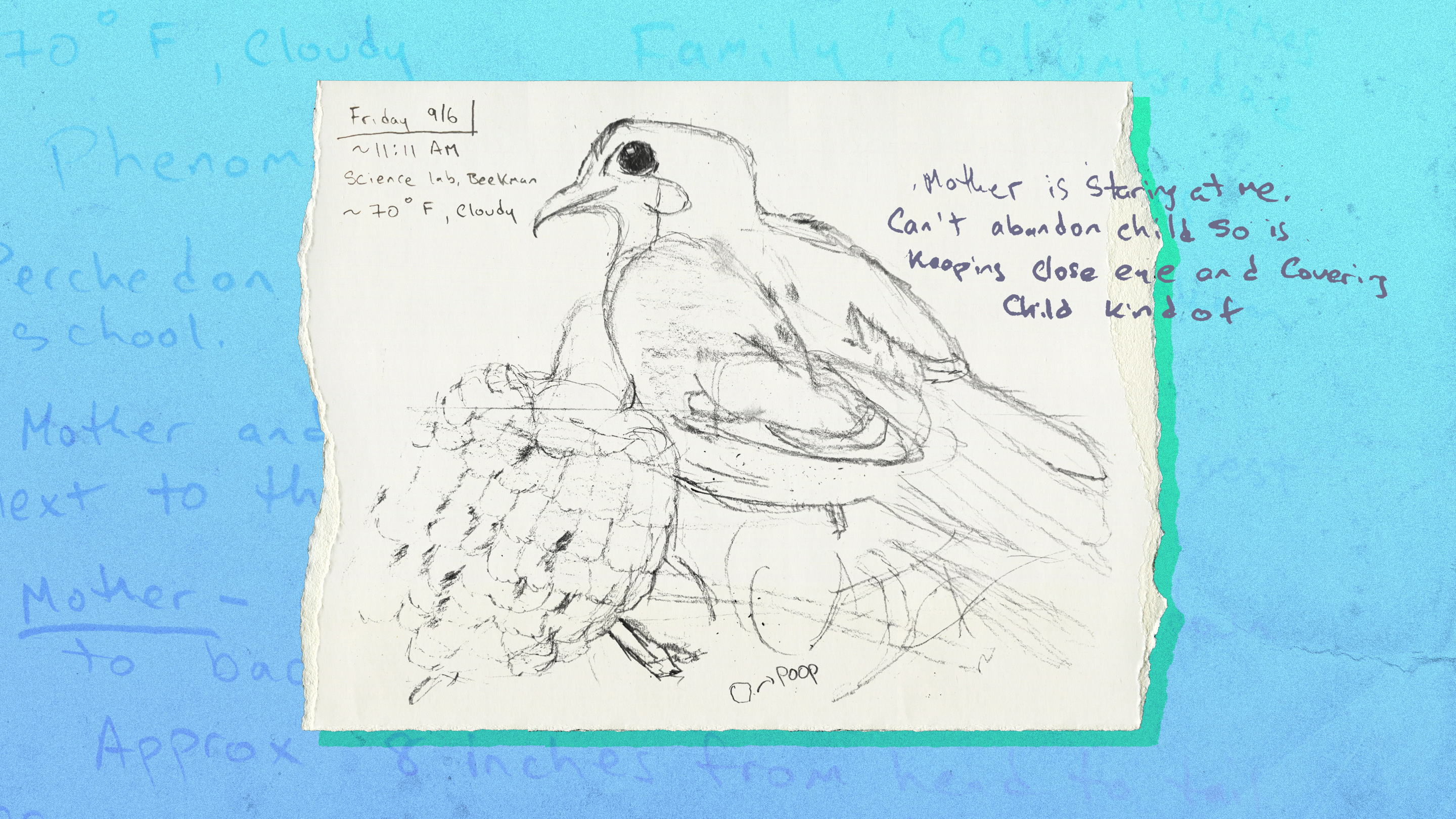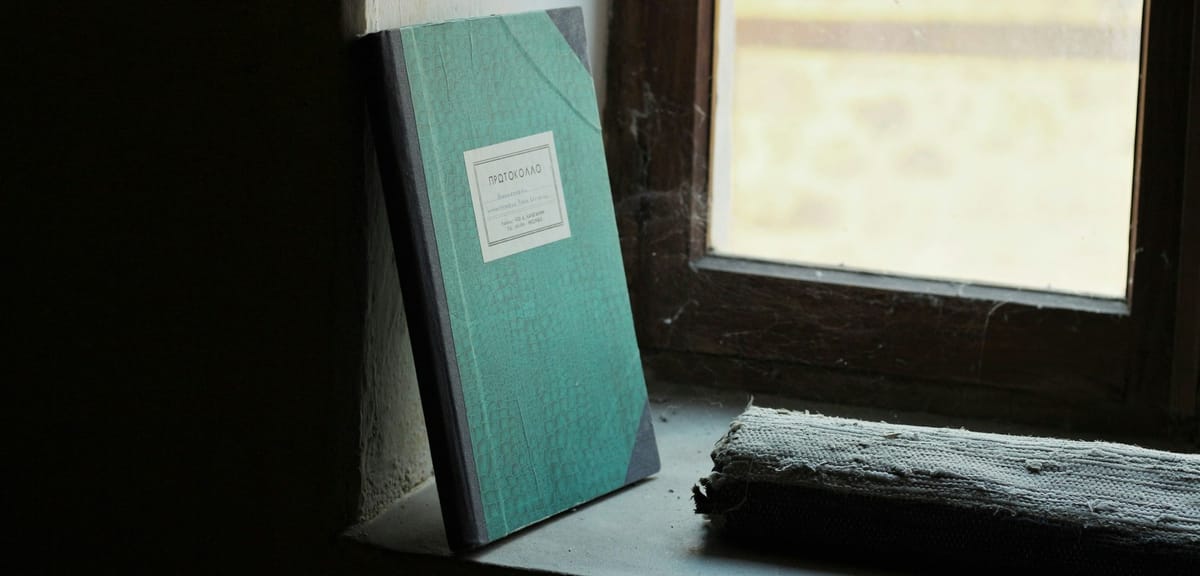I am sharing the longer, unedited, version of the essay that I wrote that was recently published by Edutopia. They chose different images to publish than I did in my original draft. You can read the shorter and more polished version here

I always say that, as a teacher, I get paid to learn new things.
Doing my job well requires me to continually learn and explore the ever expanding field of science. It is a challenge and a privilege.
Unfortunately I don’t really have time to keep current during the school year because I am busy planning lessons, teaching, grading and the dozen other jobs I am performing during the school year.
So summer time is when I do the bulk of my reading and learning. In the summer I will read 3-4 science books, go to the Museum of Natural History and attend Professional Development sessions. I am partly motivated by the desire to continually hone my craft but mostly I am doing it because it's fun!
But I don’t want to just consume knowledge uncritically. I want to capture it, reflect on it and transform it into something meaningful to me. If all I did was passively absorb information I would forget the majority of what I learned and it wouldn’t serve my students.
Deep understanding comes from directly observing, critically analyzing and consciously creating something with what you have learned. You have to grapple with ideas in a meaningful way otherwise you can't take ownership of them.
If we want our students to be critical thinkers we should model that process. This doesn't have to be a painful thing. It can be relaxing and enjoyable.
A reflection journal can enrich our teaching and our personal life as we collect our thoughts and observations over time.
What do you put in your journal? Whatever you want to reflect on!
When I finish reading a book I open up my journal and write down whatever ideas I can recall from the book. I jot down the idea or quote that really stuck with me. I also write down the thoughts that those ideas inspire and questions that I have. I also sketch ideas that I found particularly appealing.
For example; I recently finished reading “The Light Eaters”, which is a fascinating dive into plant research. I am grateful for having read the book. I found my brain was captivated by all the ways in which plants change in response to the environment. Below are some examples that I added to my personal reflection journal:
When the evening Primrose hears bees buzzing it increases the sugar content of its nectar in response to the vibrations it receives from the sound of nearby bees.
Nasa Poissaniana, a flower that grows in the Andes mountains, remembers when bees come around and will move their stamens to optimize their ability to transfer pollen
Hydrotropism is the process by which roots will grow in the direction of water. It turns out that they not only feel the moisture in the soil but they can grow their roots even if they hear water in a particular direction.
I don’t exactly know why these ideas captured my imagination more than the hundreds of other ideas that were in the book. The fact that my brain wants to think about this means that I should give my subconscious the opportunity to play with the idea until my brain decides it is done.
As I wrote in my journal it sent my mind racing with so many questions
- Do all plants do this?
- Can we observe this in a classroom?
- Does music affect plants or does it have to be sounds in nature?
- If I play recordings of bees buzzing or running water around our classroom would that affect our plant growth?
- How would we measure the change if we could?
- Can I do this in my classroom?
I captured the concept succinctly on paper, along with a sketch of the idea and my follow up questions and ideas for the classroom.
These sketches took me five minutes each. I didn’t let myself be self conscious about my sketching. I didn’t worry if I was expressing the idea perfectly. Nobody’s grading my work; this is just for me.
How to set up your journal
Simplicity is the key. If you make this too intricate or complicated then you will avoid doing it. It should be a low stress activity that you do to the extent that you feel like it. This isn’t a 5 page essay or something that should feel like a task.
The journal should be light and easy to carry around. You want to take it with you so that you can quickly jot down ideas and play with them. This does need to be on paper to work well. This is an activity that is great for teachers of all disciplines.
One of my favorite examples of an amazing journal entry is from Charles Darwin. He wrote extensively in his journals throughout his five years traveling on board the Beagle and in the decades after he returned home. This famous image- titled “I think” , from “Notebook B” of Darwin’s journals, captures the ideal of what a reflection journal can offer.
“I Think” - such a powerful image that he sketched in his notebook in 1837 about 22 years before he was ready to publish his theory of natural selection. He had the idea of Natural Selection and Evolution and it is perfectly encapsulated in this image.
You can imagine Darwin wrestling with an idea that he is struggling to articulate in words. It would take him decades to find the words necessary to express this image to the satisfaction of the scientific community. The conservative nature of science, which protects it from a lot of quackery, also makes paradigm shifts incredibly difficult but also well earned when they do occur.
The image is valuable but it is the effort of attempting to convey the image into words and the questions he asks himself and attempts to answer in a way that others can understand that makes this so powerful.
On page 228 of his journal Darwin asks himself the following question
The Grand Question, which every naturalist ought to have before him, when dissecting a whale, or classifying a mite, a fungus, or an infusorian, is "What are the laws of life".-
I might not be developing a paradigm shifting theory anytime soon but I absolutely can grapple with ideas the same way Darwin did.
Process
My reflection isn’t going to be the same every time because I do not want it to feel like a stale task. That being said I always try and:
- Express an idea clearly and succinctly
- Sketch the idea
- Write down some questions
- Maybe an idea for teaching if one immediately comes to mind
I don’t try and push to make this feel like it must somehow help me next year or become incorporated into my lessons. It's enough that I captured an idea and explored it. Sketching is important because it forces our brains to look at something and capture it accurately. Sketching also will make it easier for you to remember the idea as our brain is more adept at processing visual information than abstract concepts. Check out these other articles if you want to learn how to sketch easily.
The more you do these the less self conscious you will feel. I have no qualms about sketching poorly or writing sloppily because I am the only person who will see this. The goal isn’t to produce something that you are showing off, it is to capture your thinking and to see how your thinking evolves over time.
Reflection journals are great for every subject and every age. The subject matter doesn’t have to immediately apply to your classroom; I enjoy sketching whatever captures my eye whenever I go to a museum. The act of sketching and reflecting forces deeper thinking and noticing, which is a skill that our social media addicted students need to cultivate now more than ever.
Ideally you can incorporate journals in your classroom. Students of every age and subject can benefit from this process. But before you try and get students to do a reflective journal for your class you need to get into the habit of journaling.
I'm writing this for teachers but in reality this is for everyone. Everyone on the planet will benefit enormously from collecting ideas and reflecting on them.
A reflection journal will pay great dividends for your students but even greater returns for you if you create and collect these journals over the course of your career!
In Other News:
I've been working out intensely this summer with my friends Evan and Dela at Transform Fitness:

I've been recording snippets of my 3-4x a week workout routine. It's amazing how much more your body responds to consistent workouts. The nervous system just adapts so much more quickly when you workout several times a week.
As much as I want to develop six pack abs the most important goal is to be able to use my body well for the rest of my life. This is the most sustainable workout program I have ever been a part of.
You can check out my progress videos on my Instagram if you are interested:
Movie News:
Tabula Rasa is progressing nicely! I should be viewing what I am hoping is the version that we will lock in sometime in July. Assuming we lock it in then we need to color correct, sound edit and add music and credits and it will be officially "in the can"! Fingers crossed future updates will include screening dates!
Stay Tuned!




Member discussion: